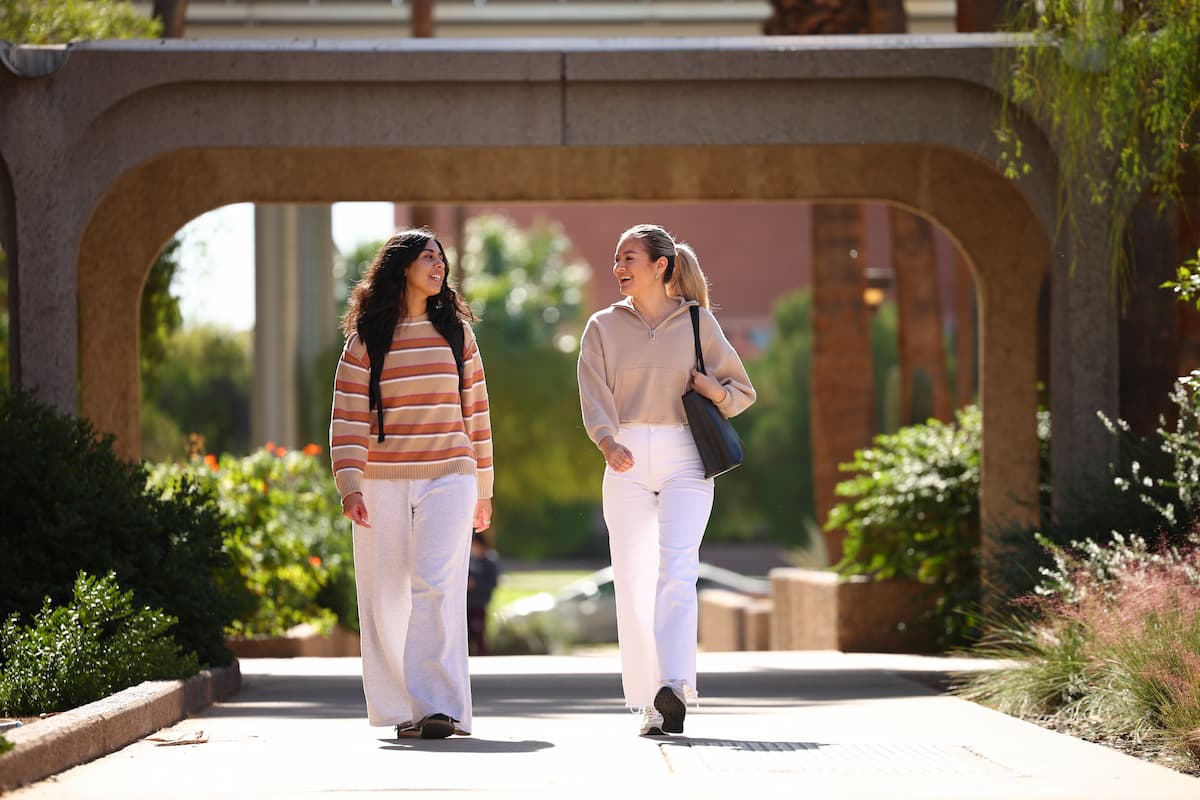HBCU Initiative: 5 questions for Strada’s Daryl Graham

Daryl Graham joined Strada in 2017 as senior vice president of philanthropy, helping the young organization establish how it would use grantmaking to improve how students connect their postsecondary education to work and career opportunities.
His role took on a whole new dimension in 2021, when Strada established its HBCU Initiative — the organization’s largest single investment in its history. The initiative provides scholarships, networking, and leadership development opportunities at 49 participating historically Black colleges and universities across the country.
“This initiative is not just about scholarships,” said Graham, who earned his bachelor’s degree in accounting at Morgan State University, an HBCU. “It’s really about focusing on the next generation of leaders and equipping them with the coaching and internship experiences they need to connect their education to a career.”
Now senior vice president of HBCU and engagement, Graham underscores the value of an initiative created by listening to the leaders of the institutions themselves.
What was the genesis of the Strada HBCU Initiative?
It began during the first months of the Covid pandemic. The George Floyd incident had just happened, as well as the death of Breonna Taylor. Our board members asked: Should we be thinking about doing something meaningful that would be a contribution to our country and a contribution to the world, with education being at the forefront?
With that in mind, we reached out to all accredited HBCUs — 101 at that time. To each of them, we said: Let’s talk about where things are going well and what leadership development looks like to you. We then went on a seven-month listening tour. That exercise really helped us think through the key concepts that became the Strada HBCU Initiative.
What makes the HBCU Initiative unique?
Our board provided a significant amount of money — $25 million — over an eight-year period of time. Typically an initiative lasts anywhere from two to four years, and a funder wants to accomplish something that fits into their strategic objectives. Instead, we listened to HBCU leaders, cultivated a framework from what we learned from them, and crafted an initiative around those needs.
Scholarships are great, but we wanted to make sure we were making leadership development investments and providing work-based learning experiences. We know students who have positive paid work-based learning experiences tend to go out in the world of work and be immediate contributors. We wanted to provide that level of support to ensure the future success of Strada Scholars.
How would you define the legacy and success of HBCUs?
HBCUs started off by creating opportunities for those who were previously enslaved in this country. As they evolved, they turned into a set of institutions that helped more Black students be contributors to our society, to really be part of the economic mainstream in this country and in this world. Today we’re seeing a change in the demographics of HBCUs because of their level of inclusiveness, the openness, and the familial environment that exists on campus. From a cultural perspective, that familial environment has long been a need at HBCUs. There were points in history when it probably mattered more, but even today it still matters.
What has surprised you about this work?
At one point in time, people thought everyone who went to an HBCU was Black. The fact is, it’s an appealing environment to people from many different backgrounds. You have international students, Black students, Latino students, even Caucasian students. And yet they’re still HBCUs, and they always will be.
This notion of the familial environment of HBCUs has welcomed many others into the space. It’s helping all the students understand there are different types of people with different backgrounds and perspectives coming together to learn together. I’m surprised at the tremendous amount of richness that’s been created because the culture has been expanded.
How have you documented the journey of the students and the institutions that are part of this initiative?
We didn’t want to wait until the end of the initiative to do an analysis, so we have collected the information in a formidable way as we went along. We started with 28 partner institutions in 2021-22, expanding by 21 additional partners in 2022-23. In the first year, we had 78 Strada Scholars, and now we have 471 in the fourth year, plus an additional 20 who already have graduated. We have an 87 percent retention rate, and 85 percent of Strada Scholars have participated in a work-based learning opportunity.
We will see improved outcomes for those scholars as they graduate and go into the workforce. We’ve tracked all these outcomes to answer the question: Did we really accomplish what we set out to accomplish? I think the answer is yes, and we will see the ripple effect across our country in the years to come.





.avif)





.jpg)



